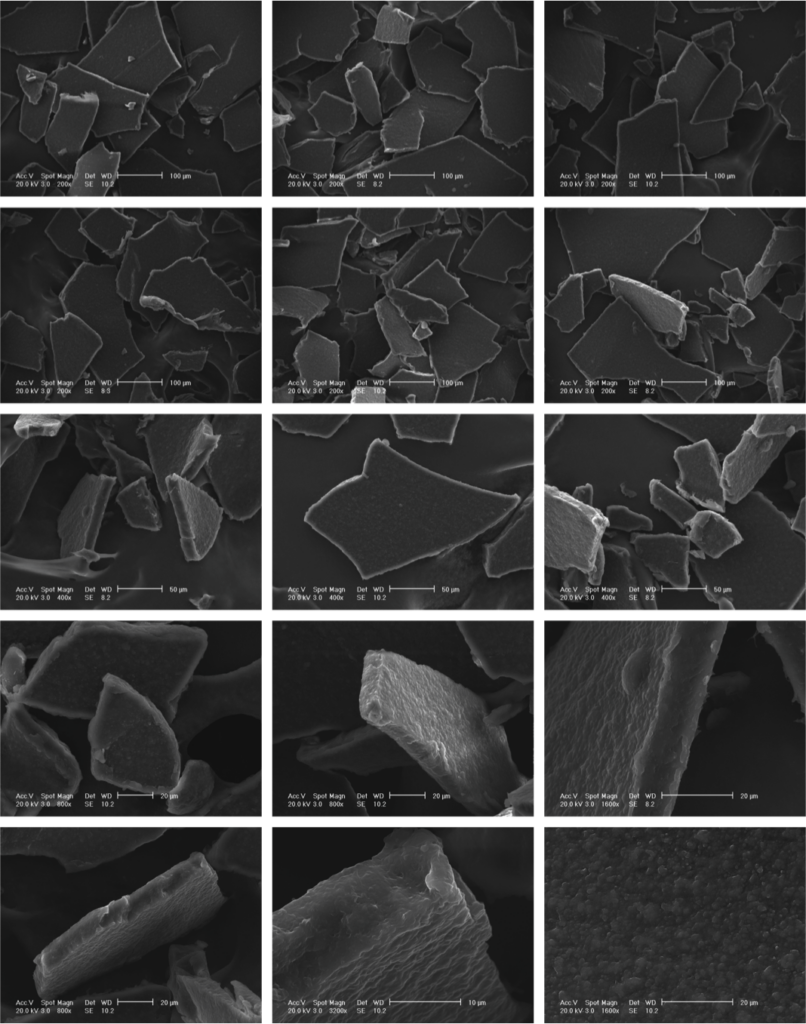
Researching micro and nanoplastics (MNP) is often a challenge on its own.
Due to their small size and varied characteristics, they can be difficult to quantify analytically. A common solid global framework for analysis and data reporting is currently lacking today.
The PAPILLONS project soon realized during its research activities, that there is a lack of environmentally relevant MNP reference materials for the use of research purposes. It decided thus to embark on a mission to generate it on its own and have them produced by our research consortium during the project’s lifecycle to meet the needs of experimentations, alongside building certain catalogs out of these MNPs, that can become useful also for researcher and risk assessors outside the consortium.
The EU’s JRC describes reference materials as reliable quality assurance tools that improve confidence in test results obtained by laboratories. [1] When it comes to MNPs, they represent small plastic particles that can be used for analysis and fate and effects testing. An important aspect of MNP reference materials for environmental research is that they have properly representative the particles found in the environment to be useful in risk assessment exercises. This is a challenging aspect, since environmental MNP can be very different in nature in terms of physical and chemical characteristics.
The PAPILLONS project has managed to create batches of custom-designed reference materials of MNPs produced from common polymer types for agricultural plastics (APs) used in European agriculture, which now can be used for reliable testing, assessment, and other research purposes. Moreover, this involves using not only virgin but representative, recycled agricultural plastics materials too. With this work, the PAPILLONS project manages to supply MNP reference materials not only to the different parts of its own research activities but can share them with the outside world too, where demand for such products is high.
Besides the know-how on the production of such reference materials, what is equally important is that now the research project is characterizing these reference materials as well. Previously, only a few important attributes were recognized, but now an agenda and standard are set for a more detailed and harmonized system, which in return will facilitate better interpreting the results and understanding why certain effects are taking place. The designed code is easy to use and implement, while at the same time being sufficiently precise. Such documentation reinforces scientific clarity by providing a comparison of results.
From the beginning of the project, our goals have been to generate impact with our work. We do believe that by making this catalog of new MNP reference materials, methods, and models available to the industry, the farming sector, and academia, we will be able to support research on MNPs that is findable and provide access to these resources to users external to the PAPILLONS project.
For further information regarding the product, of micro- and nano-plastic reference materials, please contact us at [email protected]
To see our practice abstract on the topic, click here!
[1]https://joint-research-centre.ec.europa.eu/reference-measurement/reference-materials-rm_en
